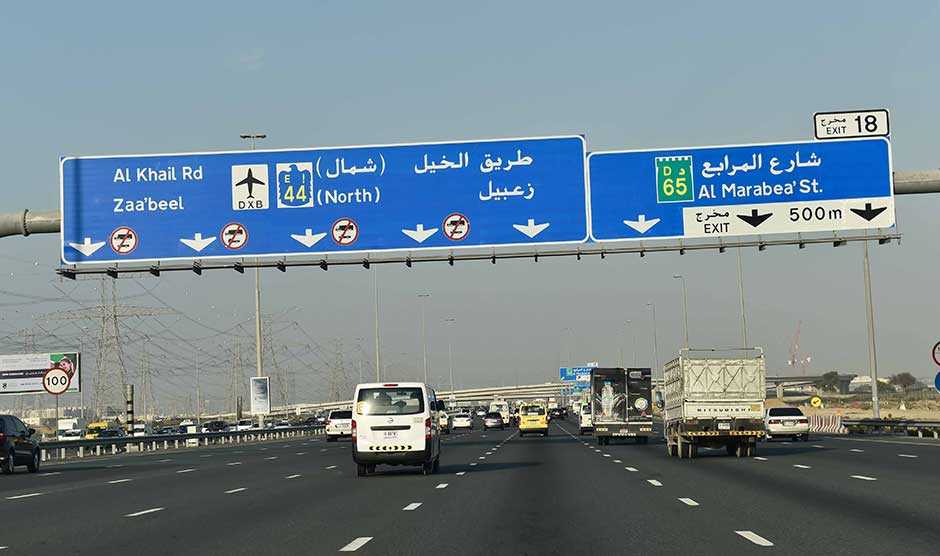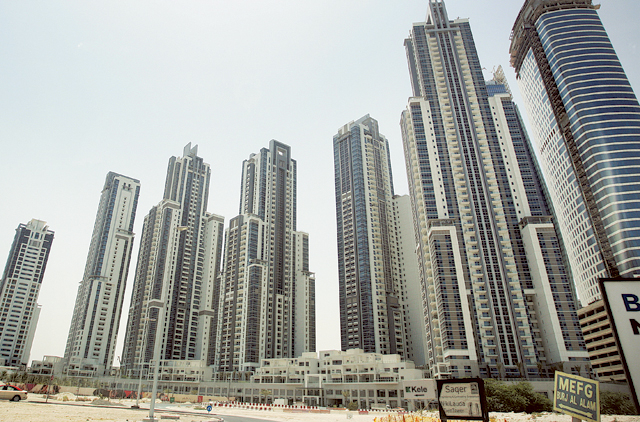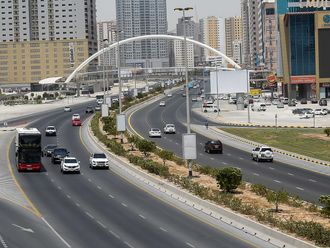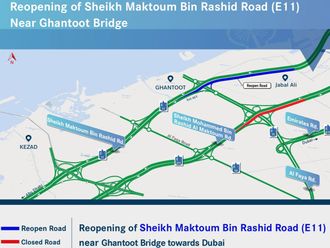Dubai: The city’s addressing system has become smarter, making it easier for residents to identify Dubai’s 14 districts.
The Roads and Transport Authority (RTA) launched an awareness campaign on Tuesday to notify residents about the changes made to Dubai’s neighbourhoods, while placing an emphasis on the importance of knowing the name of your district.
Speaking to Gulf News, Hussain Al Banna, director of the Traffic Department at RTA, said that the project is an ongoing one that is being carried out in phases. He said that the districts’ names have already been posted up and RTA is now in the process of completing the signage installation work.
“People should know which district they live in and where they are going, and now it will be easier for residents as the names of districts are written on the signboards of street names,” he said.
“With this new system, people who live in Hor Al Anz and Naif will be living in the Deira district, while those at Al Barsha and Al Quoz can now refer to their district as Hadaeq Mohammad Bin Rashid,” he said.
The new districts’ names has come at a time as authorities are looking into revamping the addressing system in time for Expo 2020, which will aid the large influx of visitors while they make their way across the city. With the RTA’s new system, residents will be able to distinguish the district, the community and the street, which are also available through the authority’s Smart Drive App at www.rta.ae.
Abdul Hakim Malek, director of the Geographic Information Systems (GIS) Department at Dubai Municipality, stressed that the RTA’s addressing system is not a replacement but a complement to the municipality’s smart geo-addressing system Makani.
Speaking to Gulf News, Malek clarified that the Makani app and the RTA’s app work in tandem with the city’s traditional street names as both aim to facilitate residents in finding their exact location.
“We have finished fixing 20,000 plates so far and, by the end of the year, we will have posted 130,000 plates on buildings, including residential and commercial areas that belong to Emaar and Nakheel properties,” said Malek.
Currently, 10,000 plates have been set up in several areas, including Media City, International City and Al Khawaneej, and 30,000 new plates will be fixed in buildings by the end of February.
He said that future plans for the geo-addressing system Makani will have the 10-digit coordinates fixed on lampposts that are located in isolated areas of the city.
“The lampposts will operate by solar power, and the goal is to have them display the geographical coordinates. If people go out camping and get lost, or require emergency system and cannot have access to the internet on their smartphones, they will be able to read the coordinates and provide better accuracy of their location,” he said.
Coordinates
Instead of verbally describing the location or giving directions, users of the Makani smart app can simply share the location’s coordinate number, which will show the destination on the map.
According to the municipality, the smart system was shown to cut arrival times of ambulances, taxis and delivery vehicles by 20 to 50 per cent.
The system is accurate down to a metre and even shows the location of a building’s different entrances — allowing emergency officials to choose which one to access, for example.
Currently, most people rely on nearby landmarks or major roads to describe their location or address.
Makani also solves the issue of language barriers and assists tourists and visitors who may not be familiar with Dubai or the area where the building is located. The Makani number alone is enough to locate the building.
HOW TO FIND YOUR ADDRESS
Street signs will now feature:
The area’s district name, community name and street name.
In addition to your house number, the Makani app will provide your geographical coordinates down to a metre’s accuracy
Download Smart Drive App at www.rta.ae. for addressing system















